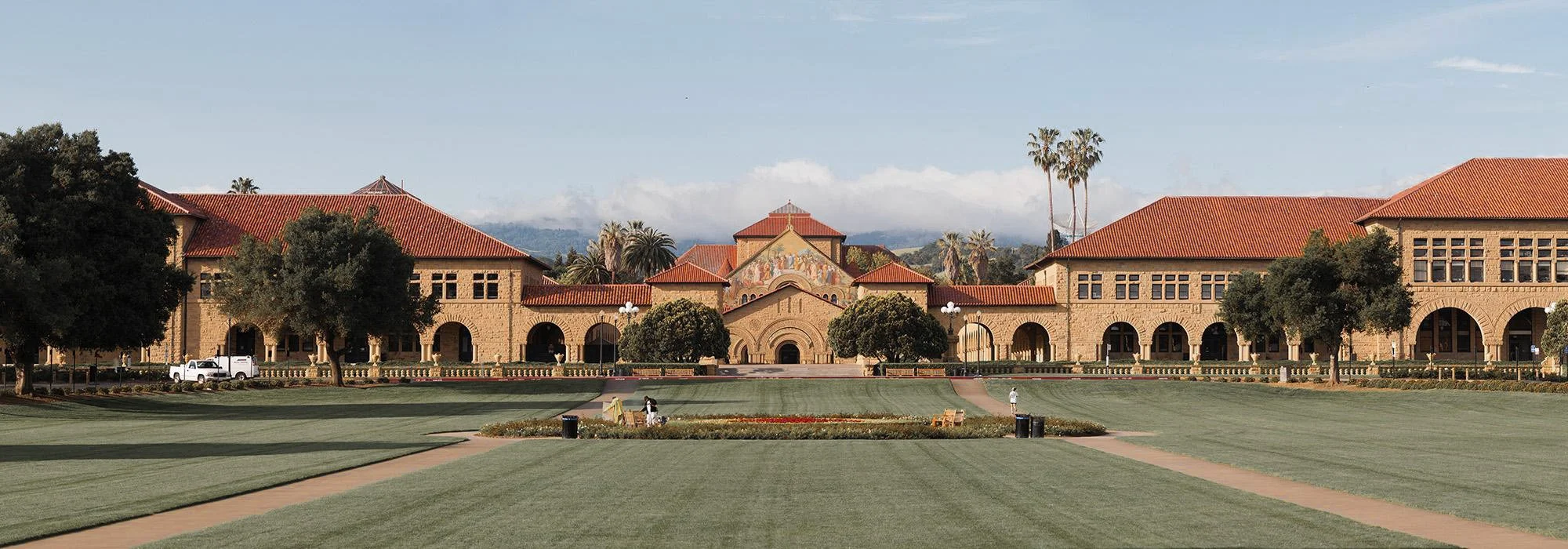
Studying signaling in situ
Schlissel Lab
@ Stanford Chemical & Systems Biology
Arriving winter 2025-2026
We want to understand how signaling proteins travel between cells
This problem has been very difficult to unlock, because the extracellular environment is shaped by insoluble and intrinsically disordered glycoproteins that form weak, transient interactions with low-abundance signaling molecules.
We rely on high-speed single-molecule microscopy to measure signaling protein dynamics in a structurally intact extracellular matrix, and we are applying this technique to understand how ligand-matrix interactions influence the mechanisms and evolution of animal development, degenerative diseases, and host-virus interactions.

